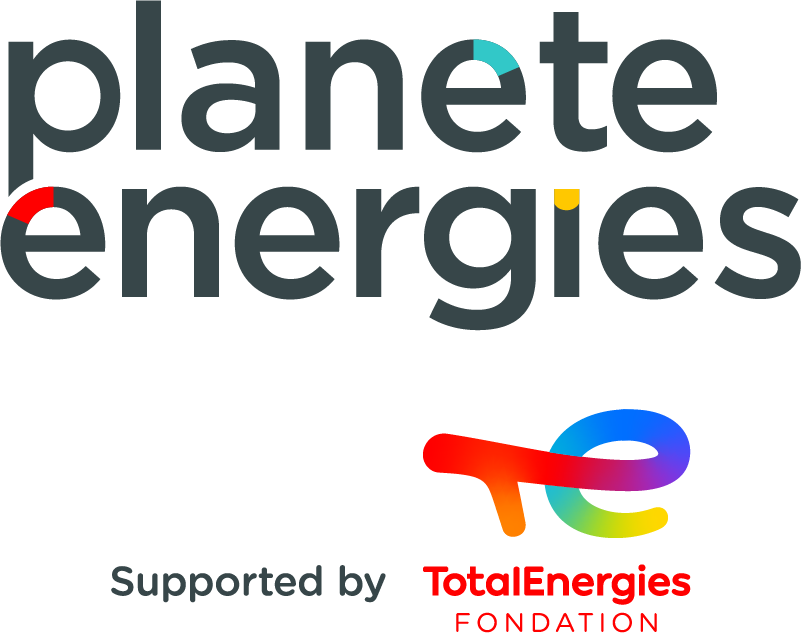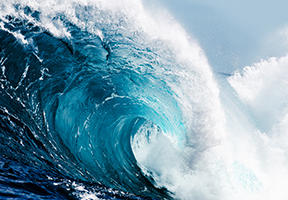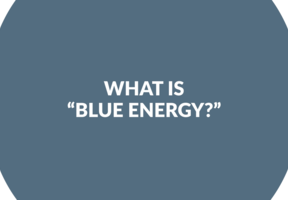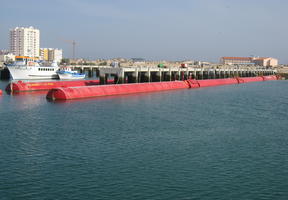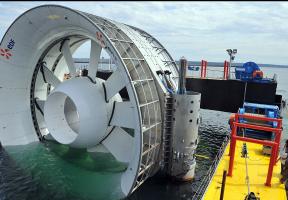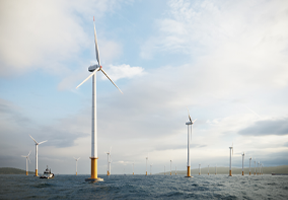What is Tidal Power ?
2 min read
Factory dams to collect the of the tides
What is ?
Tidal power is electrical energy generated by tides. It is an example of “blue energy”.
It is mainly produced in power plants with a dam that allows flows of water to pass through during tides.
The movement of the water activates turbines that produce
via a generator.
Disadvantages of tidal power
- Intermittent, though predictable, power generation.
- High investment and maintenance costs.
- Significant
.
Advantages of tidal power
Tidal power is a which, once the dam has been built, does not emit any greenhouse gases.
France was a pioneer in this area, setting up its La Rance
in 1966.
-
: 240 MW
- Annual output: 540 GWh
= Energy consumption of a town of 300,000 people.
However, South Korea’s Sihwa Lake tidal power plant holds the record for the highest installed capacity, at 1,320 MW.
Other plants use artificially created reservoirs to limit the environmental impact.
Summary:
- Tidal power = Electrical energy generated by the movement of water during tides.
- Disadvantages: intermittent power generation; high costs and environmental impact.
- Advantages: renewable energy; no greenhouse gases.
- First plant in France set up in 1966.
- Record for highest installed capacity held by South Korea.
View more videos here
